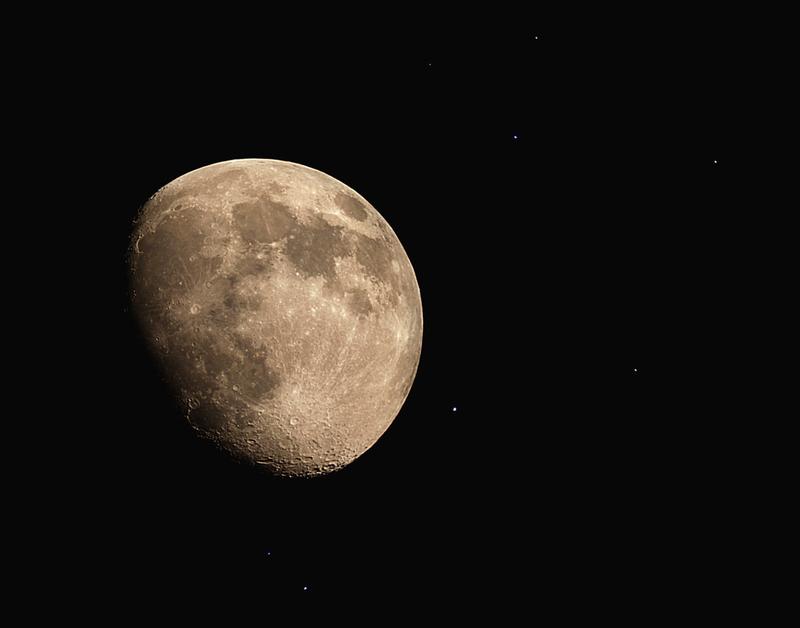Difference between revisions of "January 9, 2009"
| Line 1: | Line 1: | ||
__NOTOC__ | __NOTOC__ | ||
=Interloper= | =Interloper= | ||
| − | |||
<!-- ws:start:WikiTextHeadingRule:1:<h1> --> | <!-- ws:start:WikiTextHeadingRule:1:<h1> --> | ||
<!-- ws:start:WikiTextLocalImageRule:7:<img src="/file/view/LPOD-Jan9-09.jpg/52782530/800x628/LPOD-Jan9-09.jpg" alt="" title="" style="height: 628px; width: 800px;" /> -->[[File:LPOD-Jan9-09.jpg|LPOD-Jan9-09.jpg]]<!-- ws:end:WikiTextLocalImageRule:7 --><br /> | <!-- ws:start:WikiTextLocalImageRule:7:<img src="/file/view/LPOD-Jan9-09.jpg/52782530/800x628/LPOD-Jan9-09.jpg" alt="" title="" style="height: 628px; width: 800px;" /> -->[[File:LPOD-Jan9-09.jpg|LPOD-Jan9-09.jpg]]<!-- ws:end:WikiTextLocalImageRule:7 --><br /> | ||
| − | <em>image by [mailto:petermoon1@yahoo.co.uk Peter Grego], St Dennis, Cornwall, UK</em><br /> | + | <em>image by [mailto:petermoon1@yahoo.co.uk" rel="nofollow Peter Grego], St Dennis, Cornwall, UK</em><br /> |
<br /> | <br /> | ||
The Moon itself is one of the most spectacular heavenly bodies you can see in the sky, but when it is combined with another top ten astro sight it becomes a special treat. That is what Peter had last night when the clouds magically, he says, parted, allowing this lovely view with the Moon suspended in front of all the brightest sisters. The blue color of some of the bright stars is visible. The cluster is young, having formed about 100 my ago, the same time as the crater Tycho! There is another common feature of the Moon and the Pleiades, a nomenclatural one - what is it?<br /> | The Moon itself is one of the most spectacular heavenly bodies you can see in the sky, but when it is combined with another top ten astro sight it becomes a special treat. That is what Peter had last night when the clouds magically, he says, parted, allowing this lovely view with the Moon suspended in front of all the brightest sisters. The blue color of some of the bright stars is visible. The cluster is young, having formed about 100 my ago, the same time as the crater Tycho! There is another common feature of the Moon and the Pleiades, a nomenclatural one - what is it?<br /> | ||
<br /> | <br /> | ||
| − | <em>[mailto:tychocrater@yahoo.com Chuck Wood]</em><br /> | + | <em>[mailto:tychocrater@yahoo.com" rel="nofollow Chuck Wood]</em><br /> |
Another question: Why has the name Pleiades (and other star names) been used for thousands of years, but there were almost no ancient names for features on the Moon?<br /> | Another question: Why has the name Pleiades (and other star names) been used for thousands of years, but there were almost no ancient names for features on the Moon?<br /> | ||
<br /> | <br /> | ||
| Line 15: | Line 14: | ||
<br /> | <br /> | ||
<strong>Related Links</strong><br /> | <strong>Related Links</strong><br /> | ||
| − | [http://en.wikipedia.org/wiki/Pleiades_(star_cluster)#Age_and_future_evolution Pleiades]<br /> | + | [http://en.wikipedia.org/wiki/Pleiades_(star_cluster)#Age_and_future_evolution" rel="nofollow Pleiades]<br /> |
<br /> | <br /> | ||
<hr /> | <hr /> | ||
Revision as of 19:03, 4 January 2015
Interloper

image by " rel="nofollow Peter Grego, St Dennis, Cornwall, UK
The Moon itself is one of the most spectacular heavenly bodies you can see in the sky, but when it is combined with another top ten astro sight it becomes a special treat. That is what Peter had last night when the clouds magically, he says, parted, allowing this lovely view with the Moon suspended in front of all the brightest sisters. The blue color of some of the bright stars is visible. The cluster is young, having formed about 100 my ago, the same time as the crater Tycho! There is another common feature of the Moon and the Pleiades, a nomenclatural one - what is it?
" rel="nofollow Chuck Wood
Another question: Why has the name Pleiades (and other star names) been used for thousands of years, but there were almost no ancient names for features on the Moon?
Technical Details
Jan 7, 2009, 18:15. 200 mm SCT (LX90) at f/6.3 + Olympus E-300 DSLR; 5 frame mosaic.
Related Links
" rel="nofollow Pleiades



